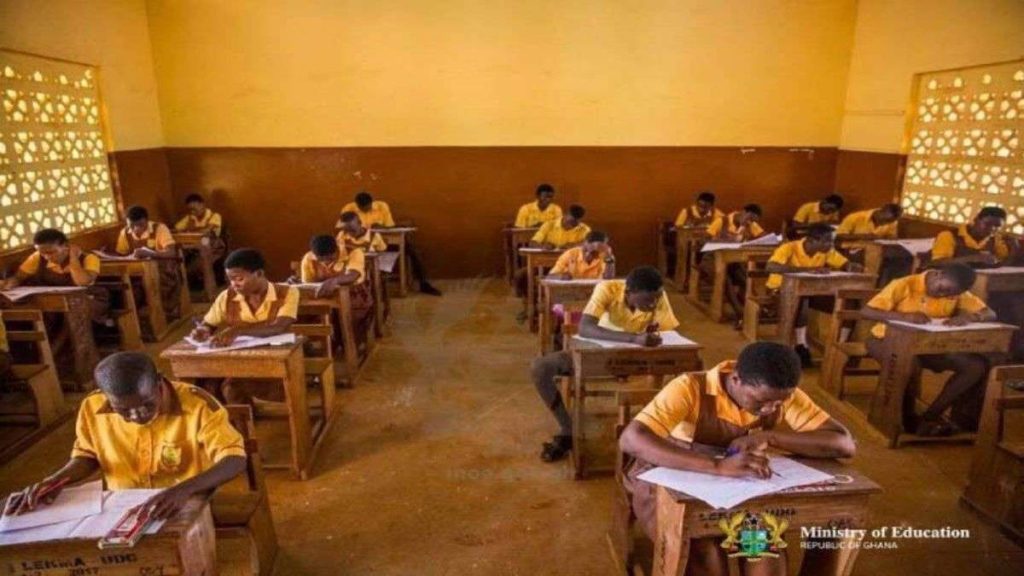WAEC denies change of BECE grading system amid new curriculum

The management of the West African Examinations Council (WAEC) has denied allegations indicating that the Standard Nine (Stanine) grading system used for the Basic Education Certificate Examination (BECE) has been changed.
The spokesperson for WAEC, John Kapi speaking to Daily Graphic said a change in curriculum at the Junior High School (JHS) level does not come with a change in the grading system for the national examination.
“The Stanine grading system is what has been in use since the first BECE was written in 1990. WAEC has not issued any statistics indicating the pass or failure rate among students,” the Head of Public Relations of WAEC stated.
Mr Kapi said the Stanine grading system for the Basic Education Certificate Examination (BECE) is purposely not to make room for any comparison in performance by final year Junior High School students who participate in the examination.
“It is, therefore, disingenuous for some members of the public to put out some statistics purported to be coming from the West African Examinations Council,” the spokesman for the not-for-profit-making organisation stressed.
An official of WAEC when reached out by Pretertiary.com said the Standard Nine (Stanine) grading system is a method of scaling test scores on a nine-point standard scale with a mean of five and a standard deviation of two.
The Standard Nine (Stanine) grading system type the Staff of the West African Examinations Council said can be used to convert any test score to a single-digit score. Stanines he said are always positive whole numbers from 0 to 9.
Relatedly, the Executive Director of Africa Education Watch (EduWatch), Kofi Are says the Standard Nine (Stanine) grading system used to grade BECE candidates is norm-referenced, meaning, the structure of the results is pre-determined.
“Under Stanine, the % of candidates who will obtain Grades 1-9 is virtually fixed, so you must justify your inclusion to enter that percentage bracket,” the Africa Education Watch Director explained in a social media post.
This is how the Stanine grading system applies:
1. Only the best scoring 4% (24,000) of candidates who sit for a subject paper can get Grade 1.
2. Automatically, the next 7% (42,000) of candidates who sit for a subject paper obtain Grade 2
3. Automatically, the next 12% (72,000) of candidates who sit for a subject paper obtain Grade 3
4. Automatically, the next 17% (102,000) of candidates who sit for a subject paper obtain Grade 4.
5. Automatically, the next 20% (120,000) of candidates who sit for a subject paper obtain get Grade 5.
6. Automatically, the next 17% (102,000) of candidates who sit for a subject paper obtain get Grade 6
7. And the last 4% ( 24,000) will always get Grade
“This means, you can have 90% in Mathematics and still be in the second 7% (Grade 2), simply because 4% of candidates had 91-100% in that subject. Again, not more than 4% can have Grade 1,” Kofi Asare further explained.



